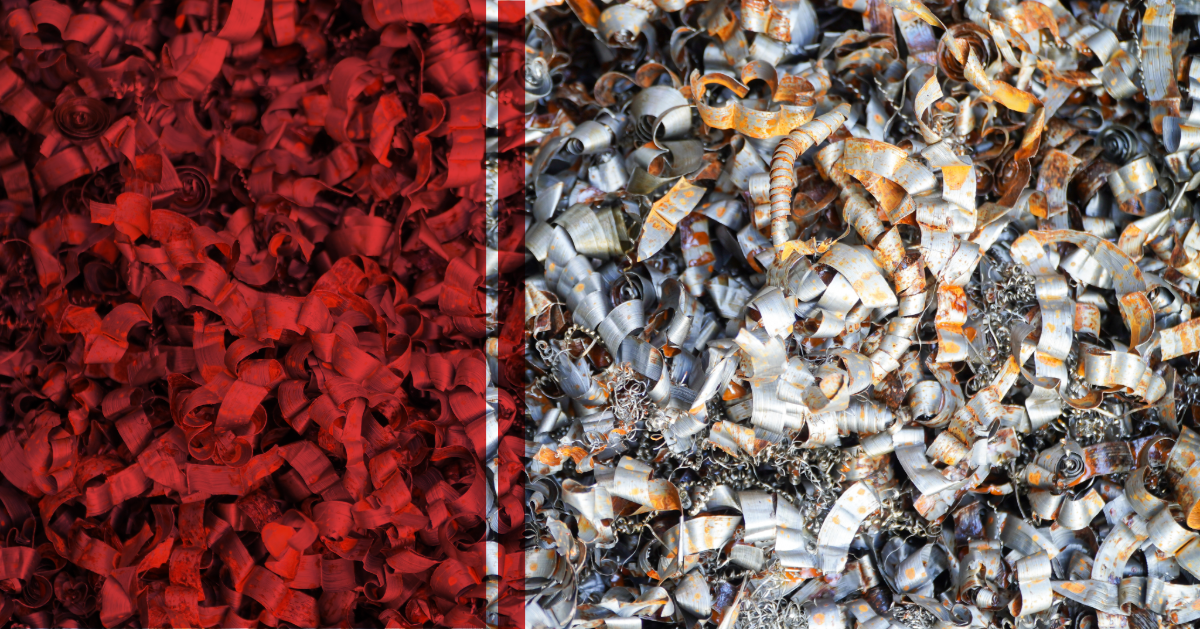
You may also like:
Sustainable Manufacturing: Reshaping the Future
History of CNC Machines: Impact on Manufacturing
Advances in Multi-Axis Machining: Evolving Precision
Imagine a world where the tiny metal shavings left behind by your CNC machine don’t end up in a landfill, but instead become the building blocks for high-quality steel. This isn’t science fiction, it’s the exciting reality of CNC chip recycling, a process turning “waste” into a valuable resource with immense environmental and economic benefits.
But before we dive into the transformative power of recycling CNC chips, let’s face the reality: millions of tons of metal swarf, the collective term for these chips and shavings, are discarded annually. This not only squanders valuable resources like iron, but also burdens landfills and contributes to greenhouse gas emissions associated with virgin metal production.
However, a wave of innovation is changing the game. Advanced techniques like centrifugation and magnetic separation are enabling the removal of oil and phosphorous additives – key contaminants in CNC chips – from the swarf. This meticulous process ensures the recycled material meets stringent technical criteria, making it suitable for reuse in steel production.
Why is this so important for CNC chips specifically?
Their composition often includes cutting fluids and coolants, which can pose challenges in traditional recycling methods. However, innovative solutions are addressing these issues, paving the way for a more sustainable future for this widely used material.
The benefits of embracing CNC chip recycling are multifaceted
Environmental Impact
By diverting waste from landfills and reducing the need for virgin metal extraction, CNC chip recycling significantly reduces greenhouse gas emissions and conserves precious natural resources.
Steel Quality Enhancement
When processed correctly, recycled CNC chips offer a cleaner alternative to virgin materials, as they contain lower levels of impurities like phosphorus. This translates to higher-quality steel with improved strength and durability.
Economic Advantages
Recycling CNC chips reduces reliance on virgin metal markets, potentially lowering production costs for steel manufacturers. Additionally, the recovered material itself becomes a valuable commodity, creating new revenue streams for companies that embrace this sustainable practice.
But the journey doesn’t end there. Collaboration between researchers, manufacturers, and steel producers is crucial for continuous improvement. Ongoing research and assessments ensure the recycled CNC chips meet the highest standards for both environmental impact and steel quality.
So, what can you do?
If you’re a CNC operator, inquire about your company’s metal swarf recycling program. Advocate for implementing such a program if it doesn’t exist. As a consumer, choose products made with recycled steel and support companies committed to sustainable manufacturing practices.
By embracing CNC chip recycling, we unlock a hidden gem within the manufacturing industry. It’s a win-win for the environment, the steel industry, and ultimately, for all of us. Let’s celebrate this shift towards a more sustainable future, one tiny metal chip at a time.